I’ve been a frequent visitor of Tokyo over the past decade. I have family living in Tokyo, so we make sure to visit Tokyo at least once a year. On some years, we even visit multiple times a year. So safe to say, I have a pretty good idea of what Tokyo is like.
And yet, I’m always stumped by the most asked questions by my friends when they’re seeking for advice about traveling to Tokyo: “Where should I stay in Tokyo?”
I hate to say this but… if you’re coming to Tokyo with the expectation of finding the best place that’s central to everything you want to do in Tokyo, you can stop now. There is no such place.
I can guarantee that any Tokyo veterans would agree too. Why? Because unlike most cities, Tokyo is a massive metropolitan city that sprawls across 23 wards. There is not one “downtown” area where everything is located. Rather, there are pockets of (really awesome) neighborhoods scattered throughout the city.
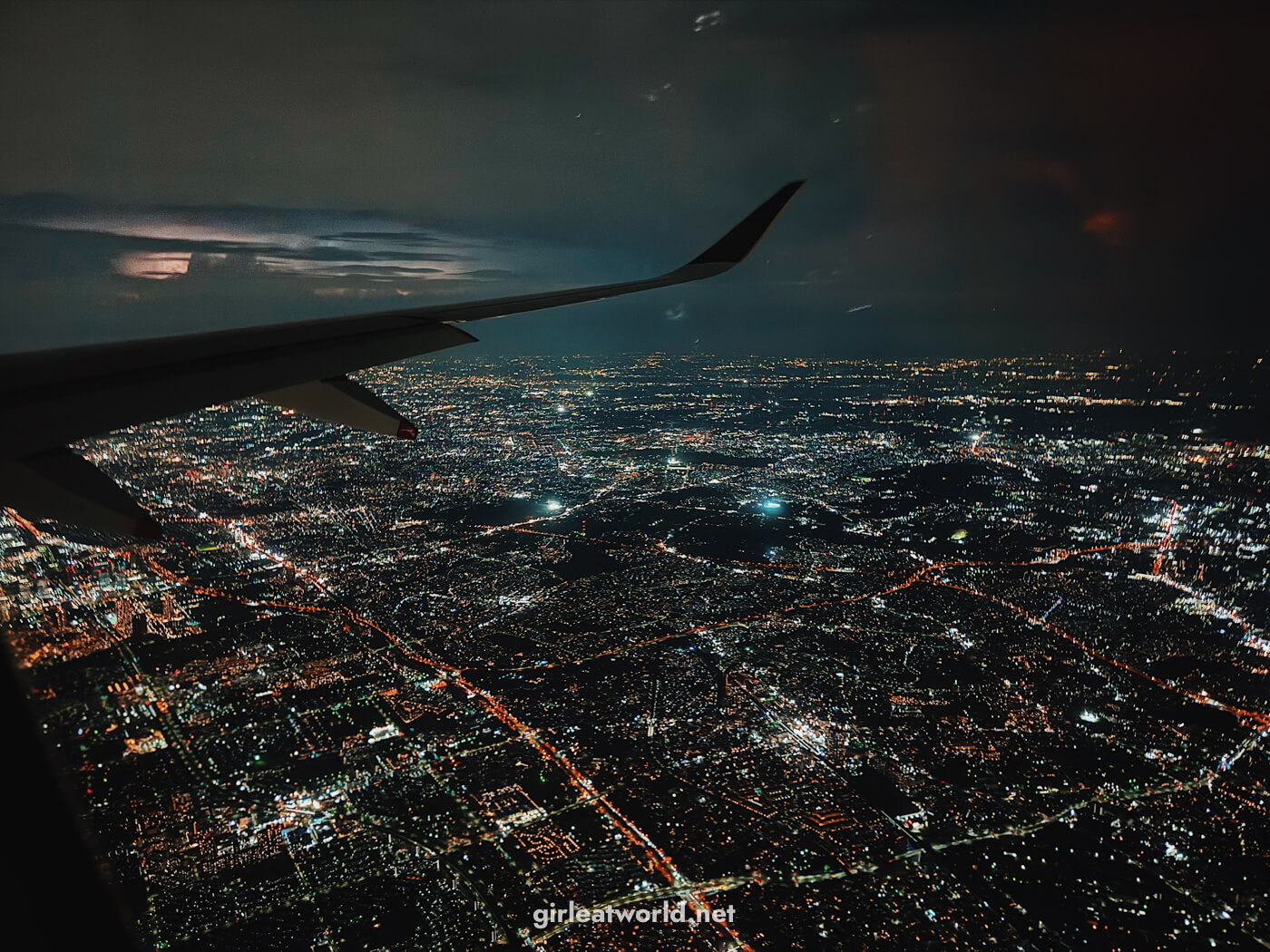
So, the answer is: “It depends“. On many factors, personal to your preference and what your plan is while in Tokyo. And yes, you’ll have to do some research to see which area fits the bill for you.
Let’s dive into the details in this post.
Factors to consider when booking accommodations in Tokyo
Here are some factors you might want to think about while choosing where to stay in Tokyo:
1. Proximity to a train station – With the sprawling size of Tokyo and the high cost of hiring a taxi, this is a requirement. There will not be a day that you don’t need to get on the train. Luckily, most accommodations are already located near a train station so it kind of takes care of itself. But which station should you choose? Many tips online would specifically mention JR Yamanote, but I disagree. Tokyo has great connectivity so almost any train station will do, it doesn’t really have to be a specific train station. It’s true that some train stations might have better connections, but the difference is minimal if you’re just staying here as a short-term tourist for a couple days.
2. Your itinerary while in Japan – Of course, what you want to do while you’re in Tokyo matters because it will dictate where you will need to go in Tokyo. For example, if your itinerary requires you to take the Shinkansen (bullet train) outside of Tokyo, it might help to stay close to a station that connects to the bullet train.
Tokyo and Japan Itinerary Planning: If you have not read my Tokyo Travel Guide and Japan Travel Planning Guide, please do so! I have loads of ideas what you can do while in Tokyo and Japan.
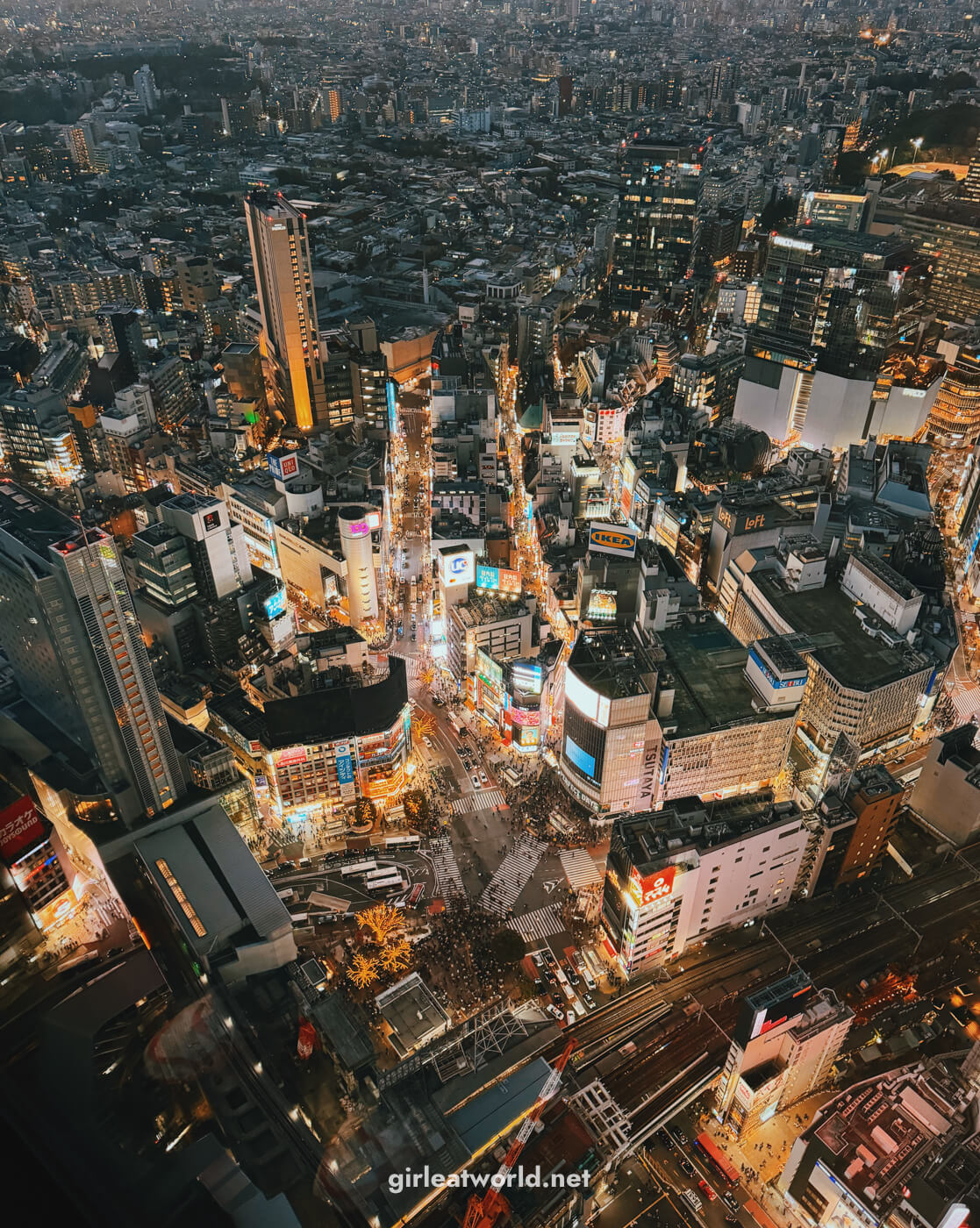
3. Access to airport – If you plan to fly in or out of either Narita or Haneda airport in the early hours, you could also optimize your accommodation accordingly:
- For Narita, you’re probably going to take either Narita Express (N’EX) or Keisei Skyliner, so take a look at their route map and see which stations they stop in Tokyo.
- For Haneda, take a look at the Keikyu Airport line.
- Generally, Shinagawa station is the best since it has easy access to both airports.
PS: If you book a private transport to the airport, you don’t need to worry about the commute! They’ll pick you up right from the hotel. Book private transfer to Narita here or Haneda here. It won’t be cheap, but it could be worth it if you’re traveling in a group.
4. Size of the accommodation – Hotels in Tokyo are small, so if you’re staying in a hotel, be prepared to not have much space. Usually this is not an issue since you (hopefully) won’t be staying in the room while visiting Tokyo. If you’re hoping to get bigger rooms, you might have to look at areas that are in the fringe areas of Tokyo. PS: If you’re booking with booking.com, you can use the “apartment” filter to look for whole-apartment accommodation!
5. Smoking and Non-smoking room – Japan still allows smoking indoor, so they have rooms dedicated to smoking and non-smoking. Pay VERY close attention to this when booking, because it would suck to be assigned the smoking room as a non-smoker when no other rooms are available. It happened to me once in Nagasaki…
6. When to book – The earlier you book, the better. But you also don’t want to book too early because some accommodations won’t have their inventory bookable too far in advance. In general, you can start booking 3 to 9 months before your trip.
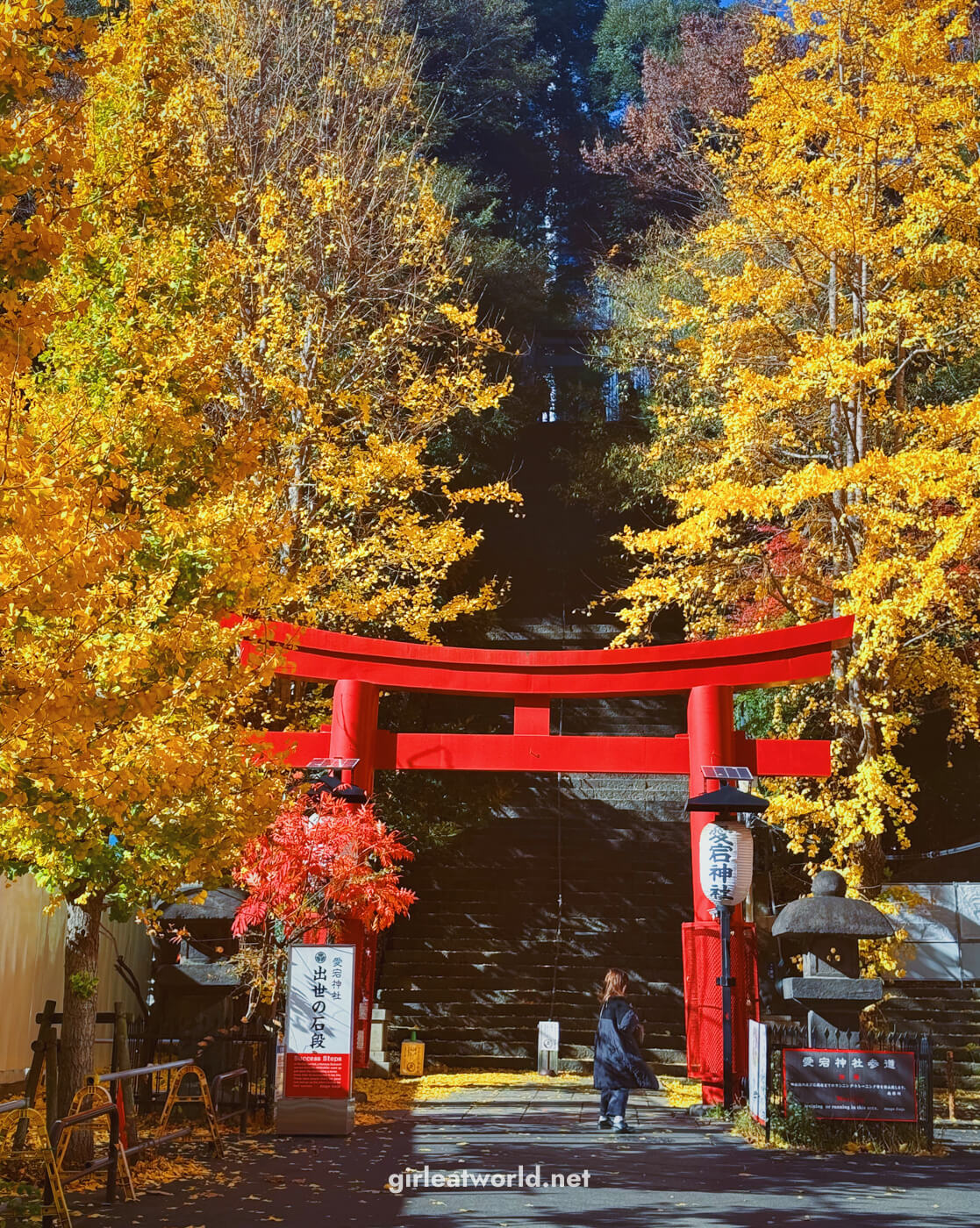
🏩 Love Hotel: What are they and how to spot one
Love hotel is a type of hotel where the rooms can be rented by couples on hourly basis for some privacy, if you know what I mean. In Japan, the concept of a “love hotel” is very common – especially in a big city like Tokyo. Love hotel is so deeply integrated into the Japanese society that it even has its own emoji -> 🏩.
Sometimes, these love hotels would be available to book on regular hotel booking sites (I will include some examples shortly). For practicality sense, it is fine to stay in a love hotel and use it like a regular hotel. They still function like a hotel – the rooms are still cleaned like a hotel room, and it’s normally a lot cheaper than regular hotels.
Love hotels can be commonly found in areas where nightlife are thriving, or by the side of highways. Example of such areas would be (but not limited to): Ikebukuro, Kabukicho in Shinjuku, and certain parts of Shibuya – mostly Dogenzaka.
So how do you know if you’re looking at a love hotel when booking online? It is not very obvious to the untrained eye, but love hotels have a certain “tell“. I will go through each one by one:
- “Rest” vs “Stay” rates – This is the most obvious tell. If a hotel advertises different rates for rest and stay, it implies they are bookable hourly for a “rest”. In other words, they are a love hotel.
- Room intertior decorations – Love hotels can be very flamboyantly decorated. Think dimmed lighting in the room, colorful LED lights (in vibrant colors like blue, purple or green) in the bathroom, or the hotel exterior and rooms might be themed or flashily decorated. But this is not always the case – some love hotels blends in so well that you’ll need to be more discerning.
- Age Restrictions – Love hotels would not allow children in the booking and impose age restriction for check in. In booking.com, it would say “The minimum age for check-in is 18” while normal hotels will not have any age restriction
- Reviews – Love hotels are not a secret, and some travellers do stay in one because they’re more affordable. Usually you’ll find a mention of it in the review.
Let’s test your love hotel radar! Here’s an example of a love hotel in Ikebukuro. Can you tell that they are love hotels without looking at the review? (Hint: Check out the information sign at the front of the hotel) Here is another one in Ikebukuro that is Bali-themed. By the way, for some reason, Bali is a popular theme for love hotels.
Tokyo hotel booking tips: Where should I book my Tokyo accommodations?
My favorite site to use for booking accommodations has always been and is still booking.com. They have one of the most complete inventory for accommodations in Tokyo, and most flexible cancellation policy.
Book hotels in Tokyo: Here is a link to browse through all the properties that Booking.com has in Tokyo.
I’ve been using booking.com for over a decade. Here are some of my advice for booking hotels through booking.com:
- Read the reviews – Make sure you’re booking an accommodation that has a prior review. My personal rule is to look for hotels with at least 5 reviews for a tried-and-true experience. And once you narrow down a specific hotel, read all the reviews! Filter through the negative reviews and balance it against the positive ones to get a good overview of the hotel.
- Cross-check with reviews on Google Maps – If you found an interesting accommodations but it doesn’t have many reviews on booking.com, it could just be that they’re new to the site. Search for the accommodation name on Google maps, and you might find more reviews.
- Explore the filters – I personally only consider hotels that has at least 8 and above for its ratings, based on reviews. Booking.com already has a preset filter for this so all you have to do is click on the check box on the left side. There are also other filters like free cancellation, non-smoking rooms and type of properties, so please take a look at all the available filters and use them to your advantage!
- Only show available property – I would also click on “Only show available property” so you don’t have to sift through accommodations that are already booked out for your date of travel.
- Show on map – While browsing through hotels, you can click on “Show on map” so you can easily visualize all the available accommodations by location. I find this so much easier to browse than the list view.
- Look at the specific room type photos – In booking.com, it’s easy to see photos of the specific type of room you’d be paying for. Make sure to look at all the photos, and beware of “love hotels” if you don’t want to stay in one (but it’s totally fine if you want to!). I’ve explained in details about love hotels above.
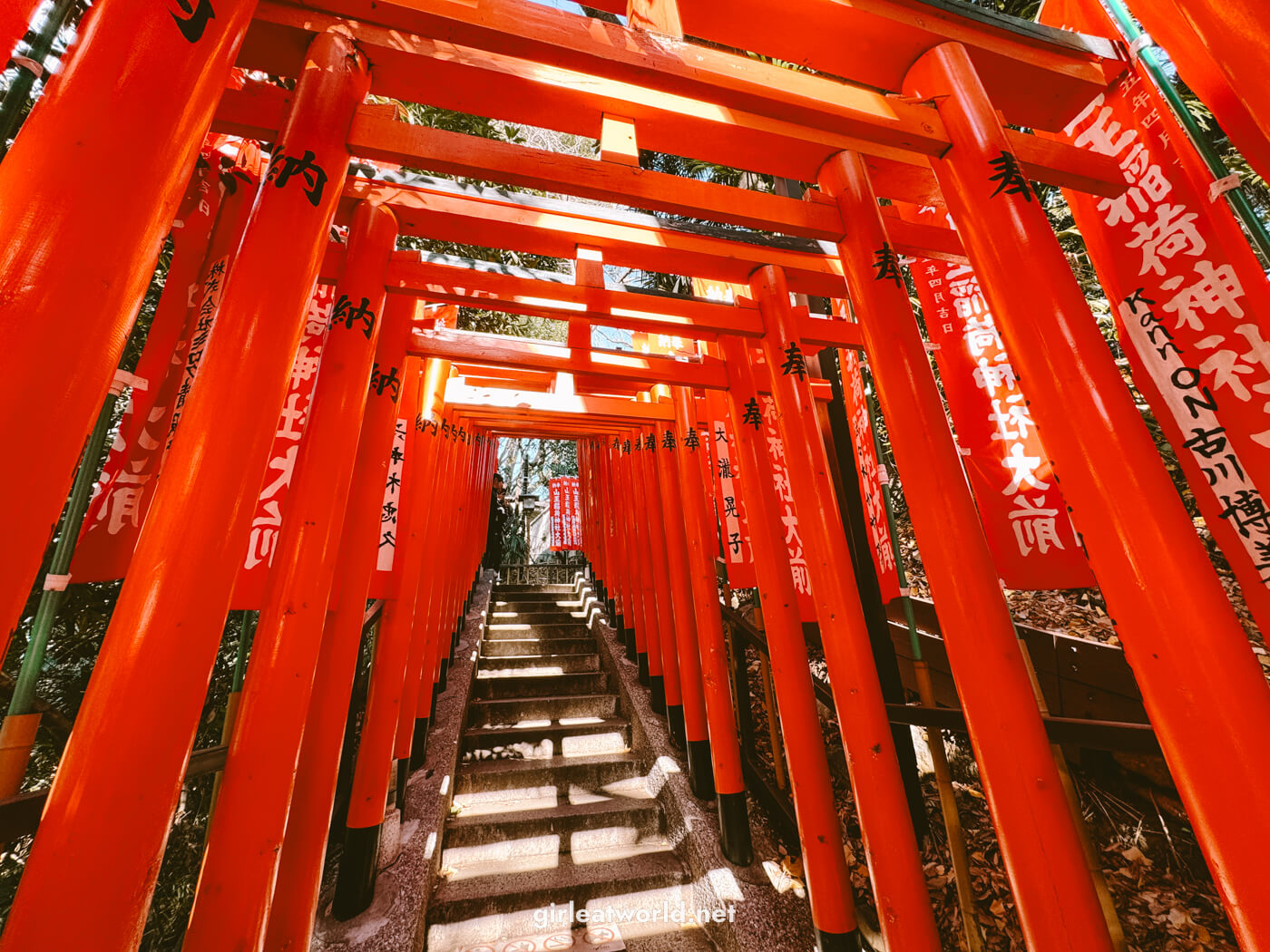
Areas and neighborhoods to stay in Tokyo
With my booking tips above, you can now easily search and short list accommodations that suits you. Nevertheless, here are some of my thoughts and recommendations on popular areas to help narrow down your choices:
- Shibuya and Shinjuku
- Asakusa
- Roppongi
- Akasaka
- Ginza
- Ebisu and Meguro
- Shinagawa
- Shimbashi
- Ikebukuro
- Kichijoji
Let’s get into it!
1. Shibuya and Shinjuku
Shibuya and Shinjuku are no brainers – they are both arguably the central hub of Tokyo. There are multiple train lines and buses that goes through these two places.
Despite this, I personally don’t fancy staying IN Shibuya or Shinjuku itself. While the location is indeed convenient, the area can be crowded and always on 24/7. UNLESS, that’s exactly what you’re looking for, then by all means – stay here!
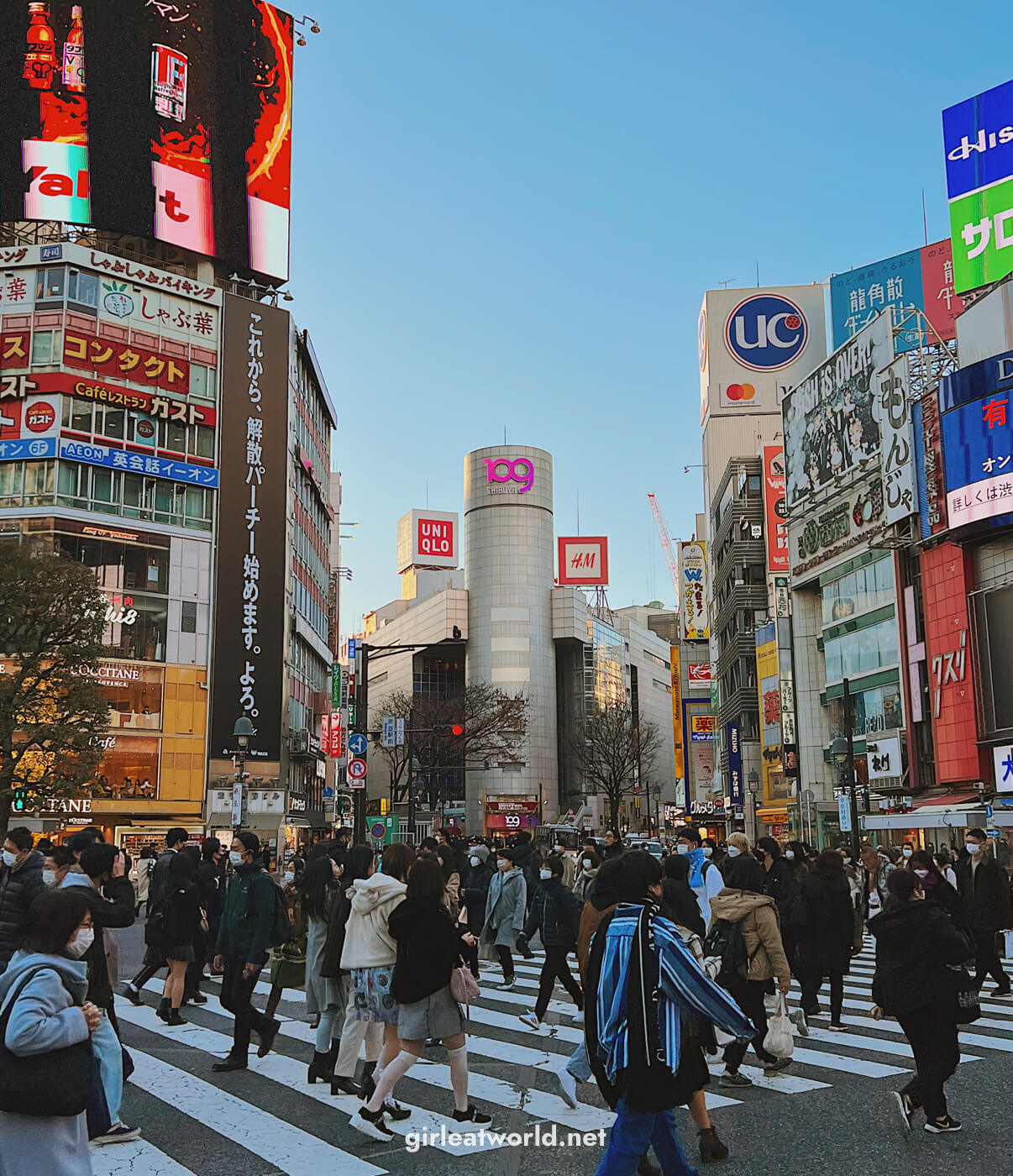
Before we go on, I just want to be clear that although I lumped it together, Shibuya and Shinjuku are two very distinct places. They are next to each other on the map, but they are different. I personally favor Shibuya more than Shinjuku, just because Shibuya feels more well-rounded and a bit smaller (thus more manageable) than Shinjuku. Shinjuku is large and mostly constitutes of tall buildings.
As alternative, I recommend staying a few stations away from Shibuya station or Shinjuku station – areas like Ebisu, Meguro, Akasaka are great examples which I will be covering on this blog post. There are plenty of options in those places, because many train lines go through Shibuya and Shinjuku.
And if you miss the last train, walking 2-3 stations away is not a big deal in Tokyo – it should take you under an hour, or even taking the notoriously expensive Tokyo taxi would be more affordable since you won’t need to go far.
My hotel picks in Shibuya, Shinjuku and nearby
sequence at Miyashita Park in Shibuya ($$$) – Located on top of the newly renovated Miyashita Park, this hotel seems popular with younger, trendy crowd. There is a cool cafe called Valley Park Stand in the lobby, and just a few steps away is an open-air Starbucks. It’s also just a few minutes walk away from exit B1 of Shibuya station.
Trunk Hotel in Shibuya ($$$) – For those who like boutique hotels. Trunk hotel is relatively new, built in 2017, and their location is hard to beat. Just minutes walk from both Shibuya station and the very trendy Harajuku and Omotesando area.
lyf Shibuya Tokyo in Shibuya ($$) – lyf is a familiar name to Singaporeans. In Singapore, they run co-living properties and decent but affordable hotels. I was surprised to learn they’re operating in Tokyo too, but glad to see the review and locations are great. It’s a bit of a walk from Shibuya station, but it’s at a great part of Shibuya, within walking distance to Yoyogi Park.
Shibuya Stream Hotel in Shibuya ($$$) – If you’re after locations, it really does not get better than this hotel. It’s located right on top of Shibuya Station.
Nihon Seinenkan Hotel near Gaiemmae Station ($$) – This is one of those hotels that is “in the city” without feeling like it’s in the city. It’s located fairly close to Shibuya and Shinjuku, and within walking distance from Aoyama, Harajuku and Omotesando.
The Apartment Hotel in Yoyogi ($$) – Only one station away from Shinjuku near Sangubashi Station, and within walking distance to Yoyogi Park and Meiji Jingu.
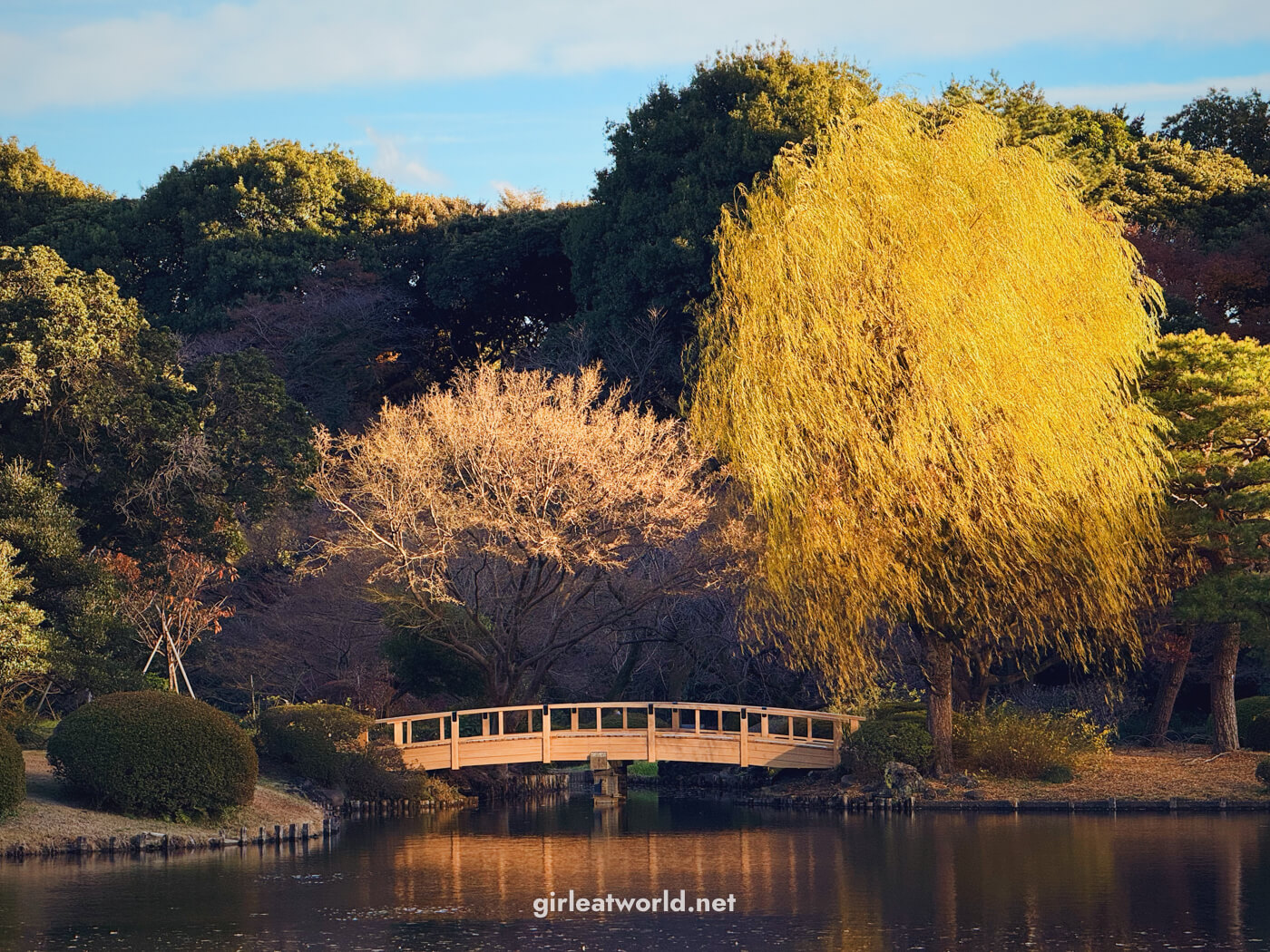
2. Asakusa
Asakusa is part of Tokyo’s “Shitamachi”. Shitamachi literally means “lower city”, and generally refers to areas where ther is still a traditional vibe. Asakusa is popular as a place with affordable accommodations, so backpackers tend to favor this area.
On my very first visit to Tokyo, I stayed in a 6-bed female dorm at a hostel in Asakusa, which was very affordable yet still clean. I met some people from my hostel that I ended up hanging out with in Tokyo.
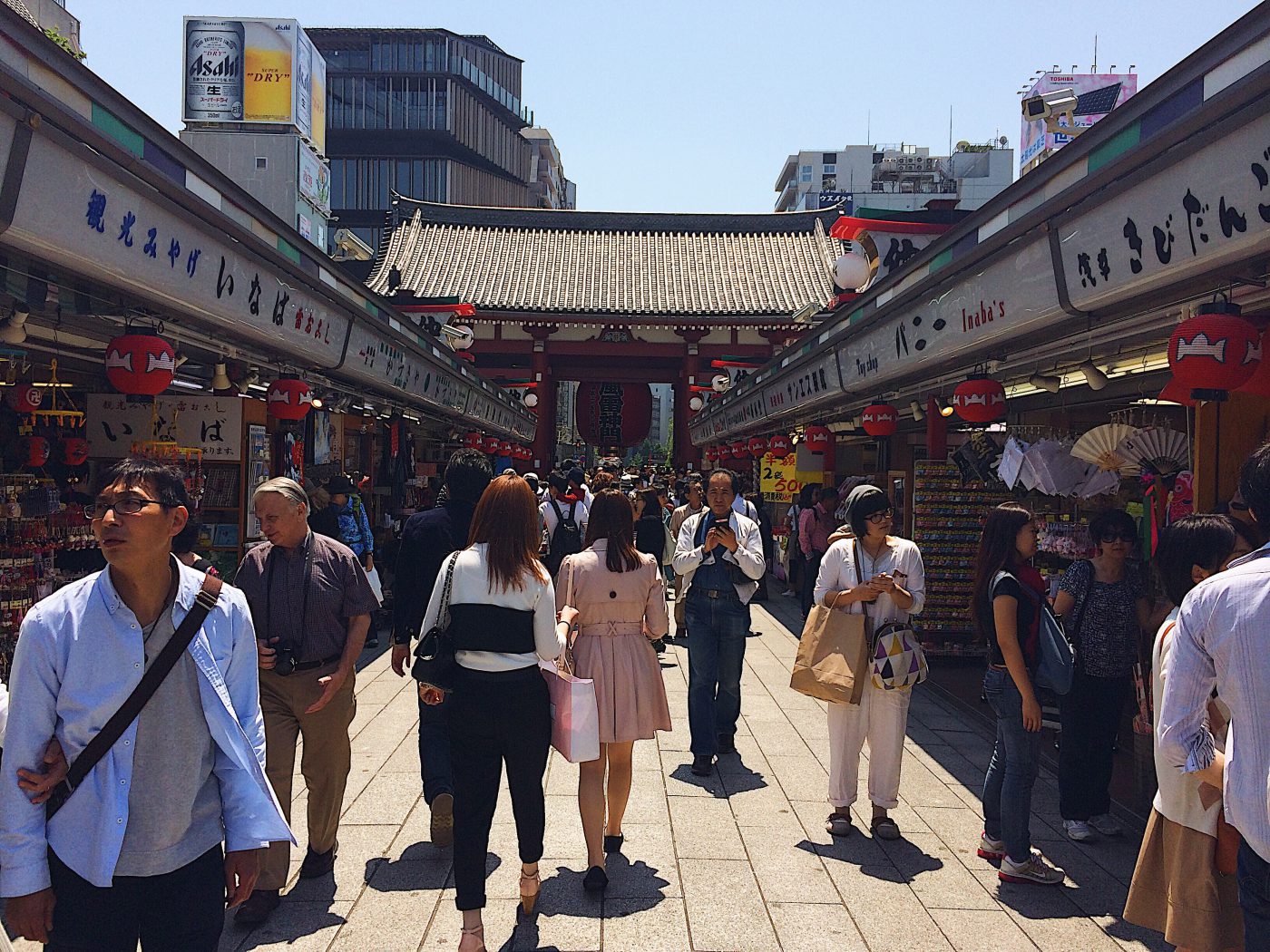
The not-so-good part? Asakusa is located in the east of Tokyo. It’s not exactly close to most places that you might want to visit in Tokyo as first timers. But it’s also not too bad, you’ll just have to spend a little more time in the train.
And there are actually a lot to do in this part of Tokyo as well. In Asakusa, you can visit Sensoji, one of the most famous temples in Tokyo, and walk around Nakamise street in front of the temple. If you’re looking to visit Tokyo Skytree, it’s not too far from Asakusa too!
My accommodation picks in Asakusa
Resol Poshtel in Asakusa ($) – I stayed at a dorm in Asakusa and shared a room with 5 other women for a few nights. It was a great way to keep accommodation costs down if you are traveling alone and plan to be outside most of the time anyway. That hostel has since closed down, but Resol Poshtel looks similar and has great reviews.
Asakusa Tobu Hotel ($$) – Located right above the Asakusa station, this hotel is the perfect pick if you’re set on staying in Asakusa.
3. Roppongi
Roppongi gets a bad rep because it is (or used to be) well known as a seedy night life district. If you’re a single male walking around alone in Roppongi, you will get touted to go to a club – and yes, scams could happen in Roppongi even though Tokyo is generally safe. Interestingly enough, as a female, I have never experienced any touting even though I’ve been to Roppongi many times.
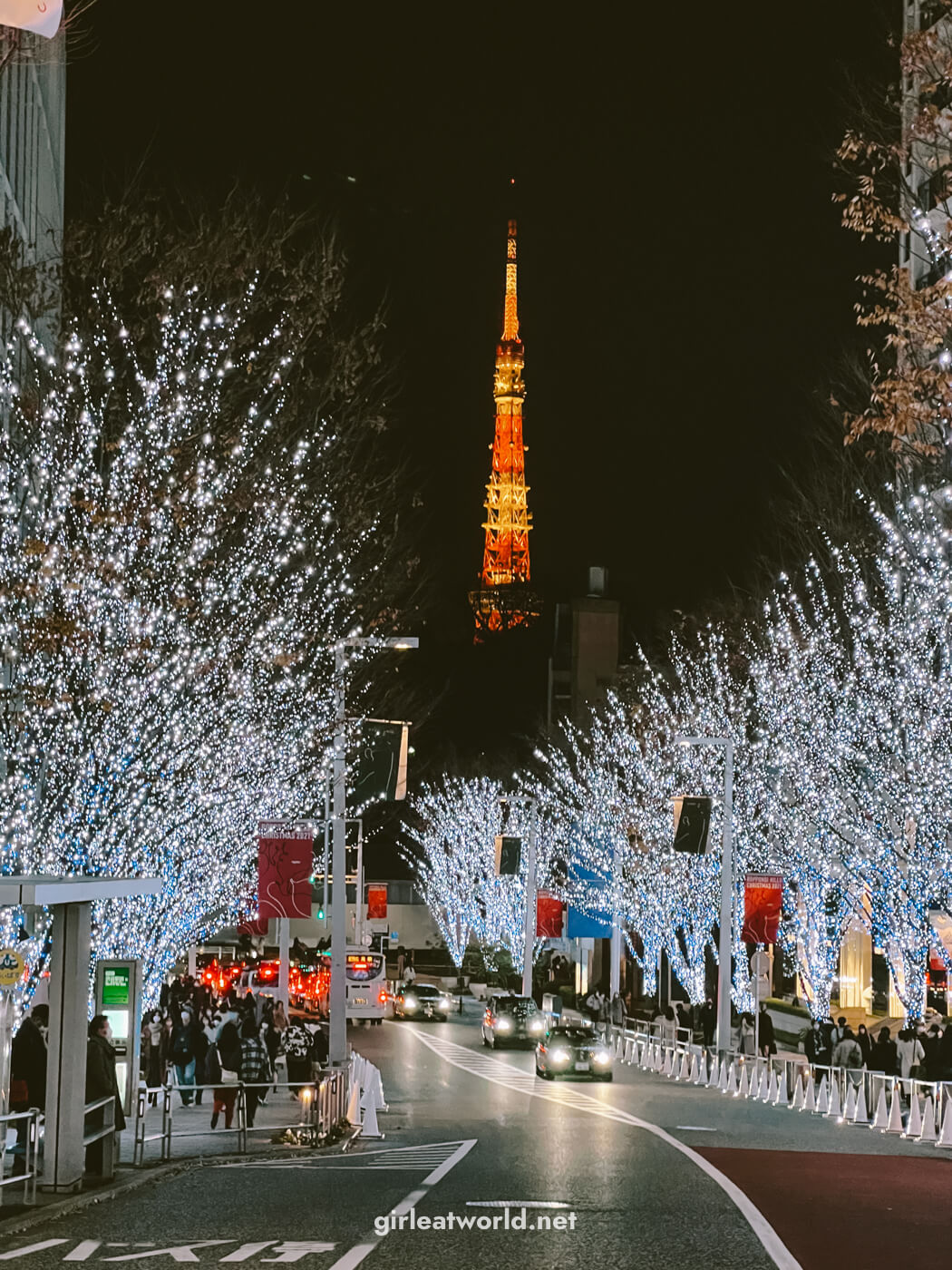
However, this is a thing of a past. Roppongi has transformed to become a more upscale neighborhood with luxurious malls and offices in the recent years. And now, I think it’s a perfectly fine and even convenient area to stay, provided you’re willing to dish the dough. Accommodation in Roppongi are not cheap.
My hotel pick in Roppongi
The Ritz Carlton Tokyo in Roppongi ($$$$) – Conveniently located in Roppongi, The Ritz in Tokyo is a great option. The lobby is located on the 53rd floor, which means all their room will give you a great view of Tokyo from above.
Oakwood Hotel in Azabu-juban ($$$) – While it’s not exactly in Roppongi, it’s just a few minutes away in Azabu-juban and within minutes walk from the Azabu-juban train station. The benefit of this hotel is there is a washing machine in every unit.
4. Akasaka
Not to be confused with Asakusa even though their names are really similar. One way to remember this is that Asa-kusa means “shallow grass”, while Aka-saka means “Red hill”.

Akasaka is not very well-known to tourist, but it’s actually one of the most convenient areas to stay in Tokyo. With four Tokyo metro lines going through Akasaka area (the Ginza line, Chiyoda line, Marunouchi line and Hibiya line), you’d be within walking distance to many transportation options.
There are also some point of interest located in Akasaka, such as the Hie Shrine with rows of vermillion torii. Roppongi and Azabudai Hills is also not too far away from here.
My hotel pick in Akasaka
The Centurion Classic ($$) – Located between Akasaka-Mitsuke and Tameike-sanno station on the Ginza line with plenty of amenities nearby.
5. Ginza
Ginza is known as the ritzy shopping district in Tokyo. However, it’s not just for luxury brands that you can find in Ginza – even household brands like Uniqlo and MUJI has their flagship stores situated in Ginza.
Aside from shopping, you’d also be able to enjoy good food in this area, although it might come at a price. Specifically, it’s known for high-end Michelin-starred restaurants. It’s also a place to have good Tonkatsu (breaded and deep fried pork cutlet), with many of famous Tonkatsu restaurants located in Ginza.
Despite this, Ginza is one of the more quiet areas in Tokyo. It’s the exact opposite of Shibuya and Shinjuku, and perfect for those who are looking to escape the crowd after a long day out.
My hotel picks in Ginza
MUJI Hotel in Ginza ($$$) – If you’re a fan of the minimalist Japanese home goods brand MUJI, you’ve got to stay at this hotel. The rooms are decorated with that classic Japanese feel, similar to how the MUJI stores look like. The hotel is next to the flagship MUJI store, located conveniently in Ginza, one of the major stations in Tokyo.
The Square Hotel Ginza ($$) – This hotel is within walking distance to 3 different lines. It’s pretty well-priced given the location, but the rooms are on the smaller side.
lyf Ginza ($$) – This place is actually located closer to Tokyo station, which is about 15 minutes walk from Ginza.
6. Ebisu and Meguro
Ebisu is only one station away from Shibuya. Not many tourist know about Meguro, but it’s the next station after Ebisu, just two stations away from Shibuya. I personally think it’s a pretty cool neighborhood with good transportation connectivity. Four train lines run through Meguro station, including the famous Yamanote line, making it a very convenient location to stay in.

In Meguro, there are a few things you can see. You can visit Tokyo Metropolitan Teien Art Museum, or the One Hundred Steps Staircase at Gajoen hotel, or take a leisurely walk by the Meguro river, which would be especially beautiful when it’s Sakura season.
In Ebisu, there is Sky Lounge which offers one of the best free views you can get in Tokyo. There is also Ebisu Yokocho, where you can find plenty of izakaya for dinner and late night snacks.
My hotel picks in Meguro and Ebisu
Prince Smart Inn ($$) – Closer to Ebisu than Meguro, which is still a very convenient place to stay, closer to Shibuya.
Hotel Gajoen Tokyo in Meguro ($$$$) – If you want a taste of old Japanese luxury while in Tokyo, then look no further than this hotel. This beautiful yet little-known hotel is located in Meguro. I did not know this hotel even existed until my very recent visit to Tokyo, where I wanted to visit an exhibit within the hotel. I was blown away by how beautiful the hotel is! Supposedly, it’s the hotel that inspired the popular anime Spirited Away.
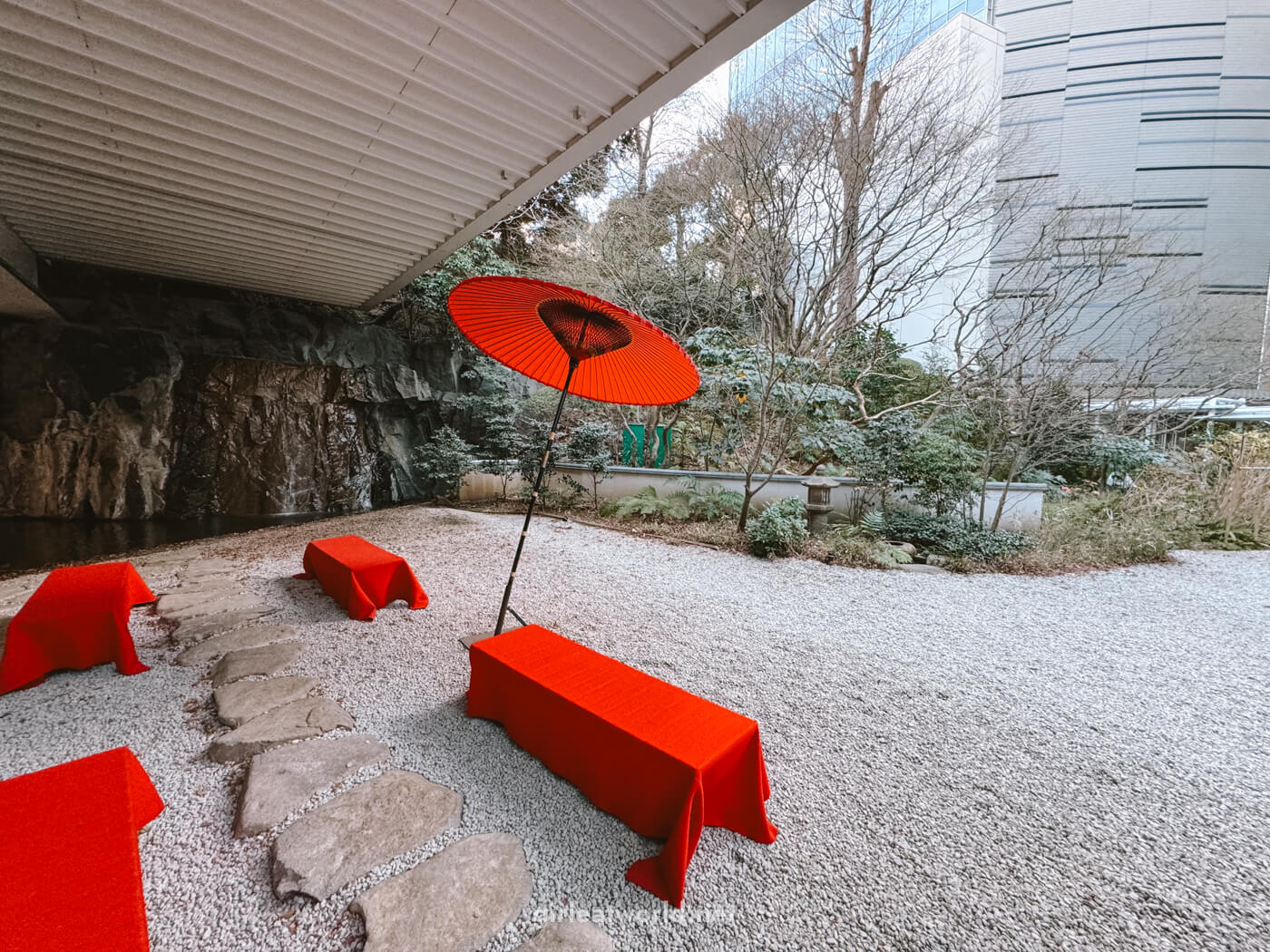
7. Shinagawa
If you’re optimizing for easy access to Haneda or Narita airport but still want to be within the Tokyo central area, Shinagawa is a great choice. Shinagawa is more of an office area, but because of that, there are tons of great and affordable places to eat here. It’s also one of the major stations in Tokyo, and some Shinkansen lines stop by Shinagawa.
The downside is because the area is an office area, it does get more crowded during peak hours in the morning and at night. However, this is true for most major stations in Tokyo. Just avoid traveling on the train from 7-9AM and 6-7PM.
My hotel pick in Shinagawa
The Strings by Intercontinental in Shinagawa($$$) – This one is a more premium option. I stayed here during a business trip, but this hotel was so convenient. It’s right on top of Shinagawa station. There are several convenience stores and a shopping mall in the same complex as the hotel. Also, it’s one of the taller buildings in this area, so the view is great. On a clear day, you can see Mount Fuji!
8. Shimbashi
Shimbashi is located in the Southern tip of Ginza. So if you’re looking to stay in Ginza but don’t want to spend the money required for accommodation in Ginza, you can consider Shimbashi.
Shimbashi is another location with many office, so you’ll see tons of izakaya and well-priced restaurants, especially for dinner. Some point of interest like Tokyo Tower and Atago Shrine is also not too far away from here.
My hotel picks in Shimbashi
Hotel 1899 Tokyo in Shimbashi ($$$) – Very conveniently located near the Shimbashi station.
The Prince Park Hotel ($$$) – This hotel is famous for its view of Tokyo Tower from some of the rooms!
Shiba Park Hotel ($$$) – A highly rated hotel close to many train stations, and within walking distance to Tokyo Tower and other attractions.
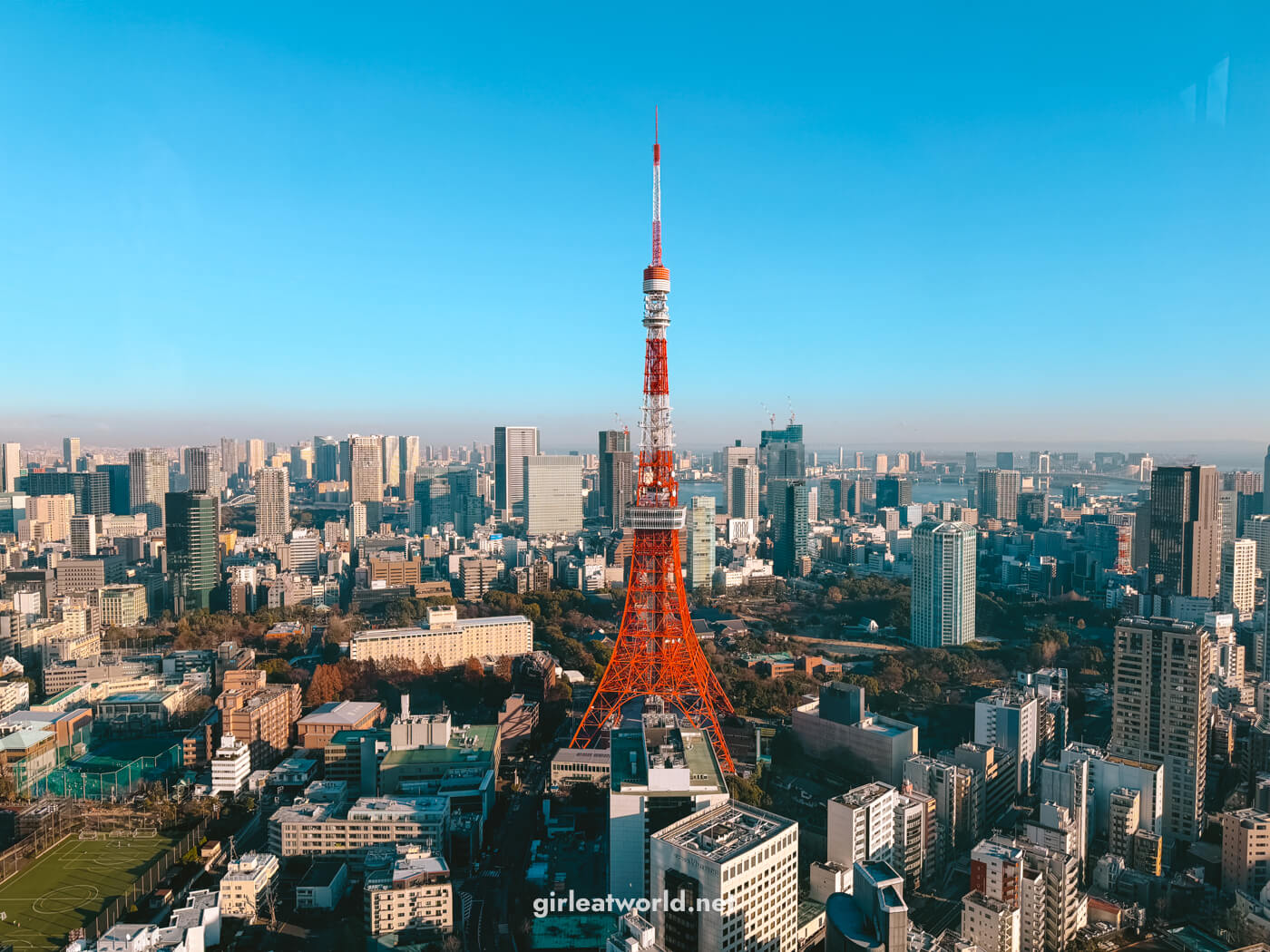
9. Ikebukuro
I will not beat around the bush with this – Ikebukuro is a red light district and has the perception as the “seedier” area in Tokyo. However, I’m still including it in the list because it’s probably not as bad as you think. Tokyo is a generally safe city, and going by statistics, most people will not get in trouble unless they’re looking for one.
As a parent myself, I would not stay here with young kids because I like to be certain that nothing funny will happen while I’m with them, but if you’re an adventurous, street-smart couple or solo traveler on a budget? I don’t see why you shouldn’t consider Ikebukuro.
Ikebukuro’s location is really the main selling point – it is so close to Shinjuku, but the hotels in Ikebukuro are a lot more affordable compared to other parts of Tokyo. It’s also on the JR Yamanote line, which will take you to most places you’ll want to go in Tokyo with minimal train change.
When you’re booking a hotel in Ikebukuro, just be extra vigilant – because you might be looking at a love hotel. I have talked about love hotels in its dedicated section above.
My hotel picks in Ikebukuro (that are not love hotels)
DEL style Ikebukuro ($$)
Dormy Inn Ikebukuro ($$)
10. Kichijoji
Kichijoji is not a name you’d hear often as an option to stay, because it is not at all near anything central in Tokyo. In fact, it’s in the west side of Tokyo and you’d be taking the train 15-30 minutes to reach the more central places. However, it is a very lovely neighborhood, and it’s no wonder that many Tokyo locals choose to stay in Kichijoji.
Kichijoji is actually not bad in terms of connectivity too – it’s on the Inokashira line, which is a direct line to Shibuya, and Chuo line, which will take you directly to Shinjuku.
If you’re one of those travelers who really want to live like a local, Kichijoji is a great option for you. Just avoid taking the train during the morning peak hours from 7-9AM because you’d be fighting with locals who are trying to get to work.
My hotel pick for Kichijoji
Kichijoji Excel Hotel Tokyu ($$) – Because Kichijoji is mostly residential area, this hotel is pretty much one of the only options to stay here. However, it’s very close to Kichijoji station which makes it a great option.
Larger accommodations in Tokyo
If you’re traveling as a family or in a large group, you might be better off booking a managed apartment instead. Here is a few within central Tokyo:
The Hotel of Tokyo Akasaka – This three bedroom apartment can fit up to 8 people and is located right next to Akasaka station. A hidden gem in Tokyo in my opinion. The catch is, it must be booked for at least 2 nights.
Space Roppongi – a spacious one bedroom apartment, conveniently located in Roppongi. It can fit about 3 people and located very close to Nogizaka station on Chiyoda line.
Tokyo Stay Akasaka – a studio apartment that can fit 3 to 4 people. Located in Akasaka, between Akasaka station and Akasaka-Mitsuke station.
NIYS Apartment Meguro – Three bedroom apartment that can take 9 people, located conveniently near Meguro station
Okay! That’s all I have to say about booking accommodations in Tokyo. Please feel free to comment below! I always try my best to personally respond to each comment.
Tokyo and Japan Itinerary Planning: If you have not read my Tokyo Travel Guide and Japan Travel Planning Guide, please do so! I have loads of ideas and travel tips what you can do while in Tokyo and Japan in general.
Have an amazing time in Tokyo! 🗼
More posts related to Tokyo
I have written a lot about Tokyo. Please feel free to read the following post to help you plan your time in Tokyo:
